Equipment For Air Flow Studies
Categories: Thermodynamic LaboratoryDescription The equipment comprises a long smooth walled pipe connected to the suction side of an electrically driven centrifugal fan. The fan discharge pipe terminates in a flow-control damper for...
Product
Description
Description The equipment comprises a long smooth walled pipe connected to the suction side of an electrically driven centrifugal fan. The fan discharge pipe terminates in a flow-control damper for closed-conduit work, or a plate containing a small aperture for jet-dispersion measurements. Air enters the smooth walled pipe through one of the two flow-measurement nozzles provided. Pressure tappings along the length of the pipe permit the pressure gradient to be determined. A bend or mitred cascade elbow may be fitted midway along the smooth wall pipe for comparison of pressure losses. Boundary layer growth is determined by the measurement of the velocity profile at five stations along the pipe using a traversing Pitot tube. A conventional flow-measuring orifice plate is supplied for installing in the pipe upstream of the fan for additional demonstrations of pressure loss and recovery. Air-jet studies are carried out on the discharge side of the fan. A Pitot tube is traversed vertically and horizontally at different distances from the discharge orifice to investigate the dispersion properties. The equipment is mounted on a floor-standing steel frame with an adjacent support for the extended suction pipe. Pressure measurements are made on a multi-tube inclinable manometer mounted on the support frame. An electronic manometer bank with data logging software is available as an accessory.
quick overview :
Description The equipment comprises a long smooth walled pipe connected to the suction side of an electrically driven centrifugal fan. The fan discharge pipe terminates in a flow-control damper for closed-conduit work, or a plate containing a small aperture for jet-dispersion measurements. Air enters the smooth walled pipe through one of the two flow-measurement nozzles provided. Pressure tappings along the length of the pipe permit the pressure gradient to be determined. A bend or mitred cascade elbow may be fitted midway along the smooth wall pipe for comparison of pressure losses. Boundary layer growth is determined by the measurement of the velocity profile at five stations along the pipe using a traversing Pitot tube. A conventional flow-measuring orifice plate is supplied for installing in the pipe upstream of the fan for additional demonstrations of pressure loss and recovery. Air-jet studies are carried out on the discharge side of the fan. A Pitot tube is traversed vertically and horizontally at different distances from the discharge orifice to investigate the dispersion properties. The equipment is mounted on a floor-standing steel frame with an adjacent support for the extended suction pipe. Pressure measurements are made on a multi-tube inclinable manometer mounted on the support frame. An electronic manometer bank with data logging software is available as an accessory.
Product
Reviews
add Review
reviews
No Review Yet.
Copyrights © 2025 All Rights Reserved by Atico

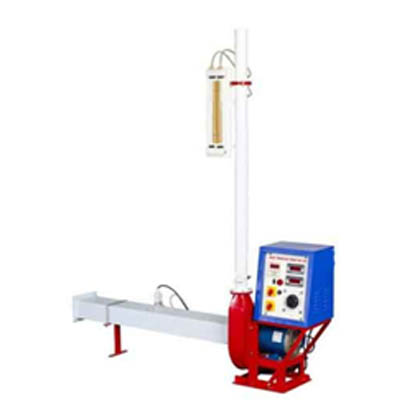




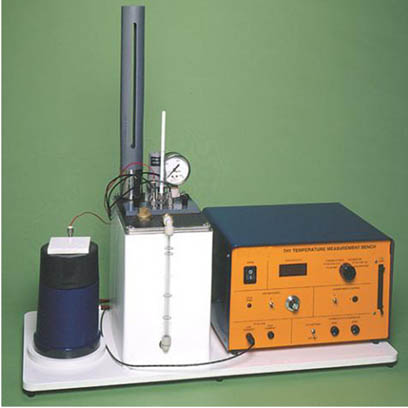
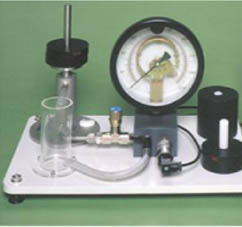
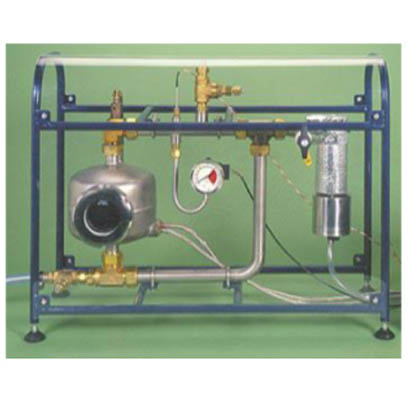
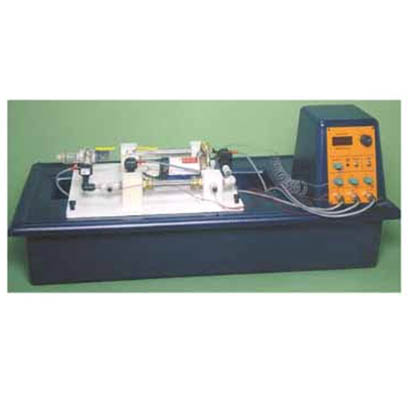
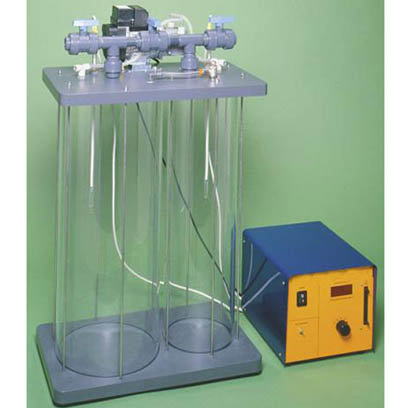
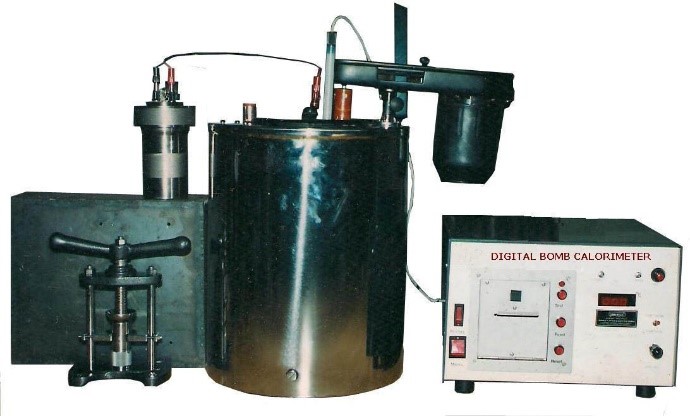
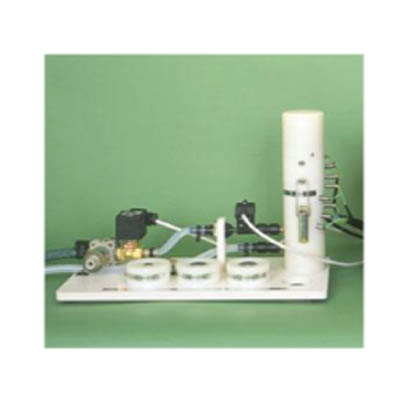
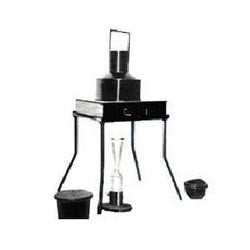
Product
Reviews
add Review
reviews
No Review Yet.